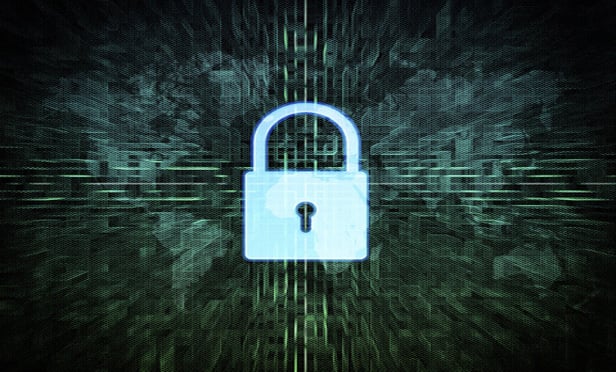Features

Safeguarding Client Data: An Attorney's Duty to Provide 'Reasonable' Security
Effective cybersecurity requires an ongoing, risk-based, comprehensive process that addresses people, policies and procedures, and technology, including training. Effective security also requires an understanding that security is everyone's responsibility and constant security awareness by all users of technology.
Features

Getting Ready for Wide-Ranging Reach of California's Data Privacy Law
The CCPA is the first of its kind, generally applicable data protection law in the United States. What makes the CCPA unique is not only its applicability to companies like those in the entertainment and media industries, but also the rights it provides to consumers regarding their personal information (PI).
Features

The Principles of Good Cyber Risk Management
Apart from headline grabbing attacks, we are now seeing an epidemic of cyber attacks. Concern has shifted from dealing with data being stolen and sold on the dark Web to handling serious ransomware and destructive attacks, where attackers are looking for immediate monetary output.
Features

Second Circuit Blocks Video Privacy Suit Brought Against Barnes & Noble
A would-be class action against Barnes & Noble could have cost the bookseller hundreds of millions of dollars — not to mention a reputational hit for allegedly sharing private information about its customers' online video purchases with Facebook.
Features

Privacy Notices, Opt-In Clauses Debated as U.S. Regulators Shape Federal Privacy Law
Tech giants' privacy counsel and U.S. senators discussed opt-in policies, lengthy, legalese-filled privacy notices and location tracking. The discussion aimed to further shape a potential U.S. federal data privacy law.
Features

Second Circuit Blocks Video Privacy Suit Brought Against Barnes & Noble
A would-be class action against Barnes & Noble could have cost the bookseller hundreds of millions of dollars — not to mention a reputational hit for allegedly sharing private information about its customers' online video purchases with Facebook.
Features

A Survey of Proposed Federal Privacy Legislation and the Year Ahead
The social, economic, and political forces pushing for a comprehensive overhaul of the nation's privacy regime are numerous, and many see 2019 as presenting the best opportunity yet for passage of federal data privacy legislation.
Features

2019 Trends Overview: Compliance, Privacy and Security Family Tree
In 2019, regulations and laws will continue to define how businesses collect and use consumer data, and their obligations to protect this data from misuse, theft or exposure to unauthorized parties.
Features

Causation and Harm In Data Breach Litigation
Demonstrating that a data breach has resulted in an injury-in-fact can be difficult, because it is not always clear what has happened or will happen with the stolen data.
Features

Implications of GDPR & CCPA on Public Records
This article discusses the importance of securing a safe harbor for court records through reviewing an illustrative example of how a European Union (EU) citizen was able to force U.S. legal technology companies to remove and alter court records using GDPR.
Need Help?
- Prefer an IP authenticated environment? Request a transition or call 800-756-8993.
- Need other assistance? email Customer Service or call 1-877-256-2472.
MOST POPULAR STORIES
- Use of Deferred Prosecution Agreements In White Collar InvestigationsThis article discusses the practical and policy reasons for the use of DPAs and NPAs in white-collar criminal investigations, and considers the NDAA's new reporting provision and its relationship with other efforts to enhance transparency in DOJ decision-making.Read More ›
- The DOJ's Corporate Enforcement Policy: One Year LaterThe DOJ's Criminal Division issued three declinations since the issuance of the revised CEP a year ago. Review of these cases gives insight into DOJ's implementation of the new policy in practice.Read More ›
- Lionsgate GC Who Resigned Without 'Good Reason' Got Severance PayAdd another plot twist to the storyline surrounding Corii Berg, who unexpectedly quit as general counsel of the film studio Lionsgate in December, even though he was under contract through June 2023.Read More ›
- Join Us For a Twitter Chat: Do We Need Offices Anymore?When we think about how the COVID-19 pandemic has changed the legal industry, one (frankly huge) question comes to mind: Do we really need offices anymore? As many are still working from home, meeting with clients over Zoom and some even conducting jury trials online, life of commuting to and from work seems farther away than February.Read More ›
- The DOJ's New Parameters for Evaluating Corporate Compliance ProgramsThe parameters set forth in the DOJ's memorandum have implications not only for the government's evaluation of compliance programs in the context of criminal charging decisions, but also for how defense counsel structure their conference-room advocacy seeking declinations or lesser sanctions in both criminal and civil investigations.Read More ›
